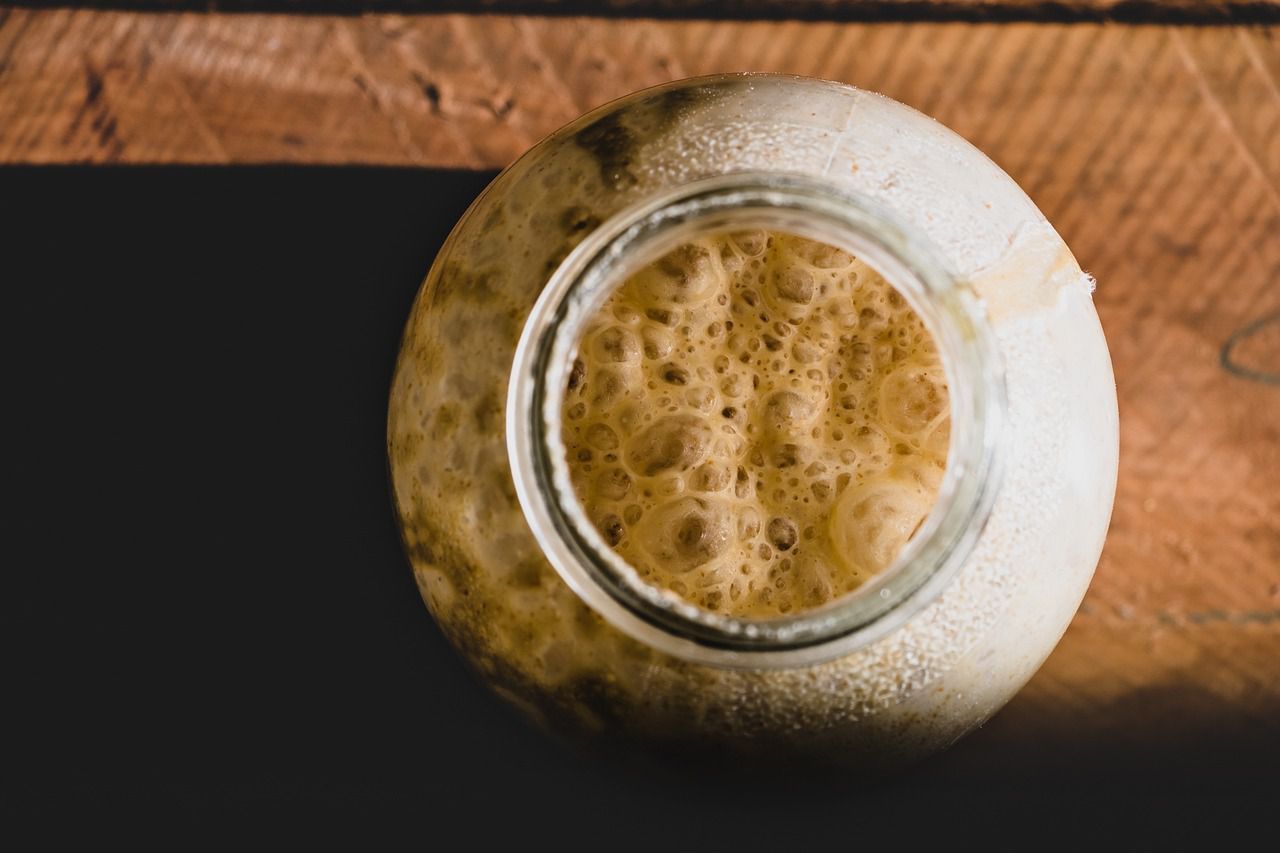Things that can make yeast inactive: Make sure you avoid them before baking
If you want to start baking, then you need to know how to deal with yeast - one of the main ingredients of different types of dough.
While it's generally easy to work with yeast, a few mistakes can "kill" it, or make it useless.
Here are some of them.
High and low temperatures
Yeast is a living organism that thrives within a specific temperature range.
If the temperature exceeds this range, such as in extremely hot environments or when exposed to very hot liquids, the yeast cells can be killed.

Freezing yeast or subjecting it to prolonged periods of cold temperatures can cause cell damage and ultimately lead to its death.
Lack of nutrients
Yeast requires nutrients, particularly sugars, to survive and reproduce.
If the yeast is deprived of essential nutrients or placed in an environment with insufficient food sources, it can starve and die off.
High acidity
Yeast is sensitive to highly acidic environments.
Excessive acidity, whether naturally occurring or introduced through ingredients like vinegar or citrus juices, can inhibit yeast activity and eventually cause its death.
High alcohol content
Yeast plays a crucial role in fermentation, converting sugars into alcohol and carbon dioxide.
However, high alcohol concentrations, such as in strong alcoholic beverages, can become toxic to yeast cells, leading to their death.
Age and storage conditions
Over time, yeast cells can become less viable and lose their ability to ferment effectively.
